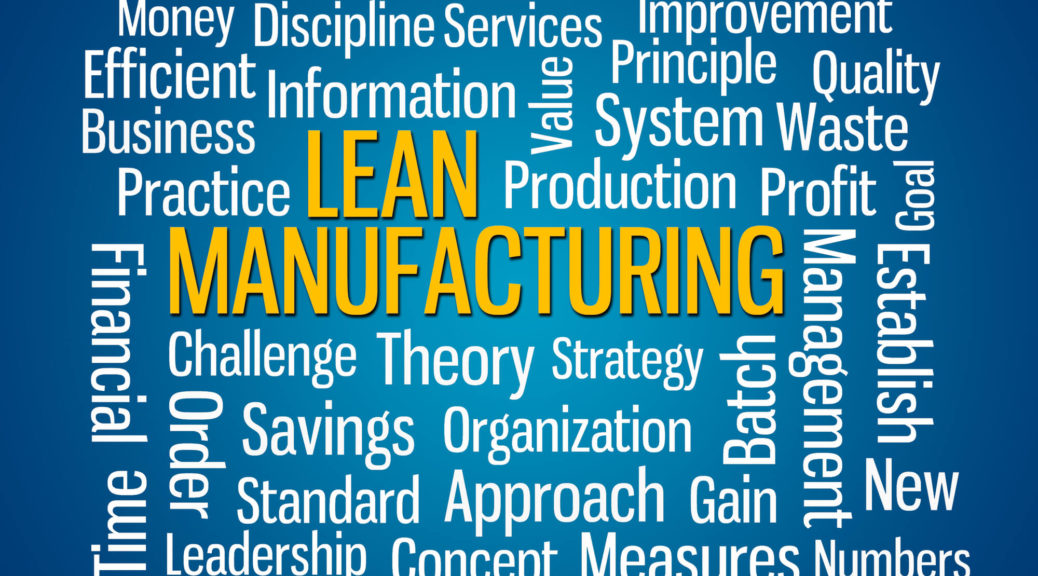When acquiring a company, more information is typically better. But without the right analysis, some of that data won’t be actionable. A key aspect of our work is helping our PE clients identify and quantify the risks and opportunities that can be mined from the data received during the diligence process.
There are several concerns clients tend to raise during the acquisition process. To begin with, they want to ensure they have correctly assessed their offering price. Naturally, they want their bid to be competitive enough to close the deal – but there is a balance to be struck. Fierce deal competition is much easier to justify when you have confidence that there is a latent benefit to capture after the sale is complete. This is closely linked to worries about costly issues that can crop up after a sale, such as capacity constraints, aging equipment or needed top-grading. No one wants to “write the check” only to turn around and immediately cut another one.
In most cases, a business seller will compile a Confidential Information Memo (CIM) to share with prospective buyers. This document typically provides a detailed overview of the company – including its products/services, geographic footprint, markets, growth plans, management team, and financials. From our experience, often times there are salient operational insights that can be gleaned from the CIM that provide a roadmap for areas of risk or opportunity that need to be explored – before a deal is closed!
There are many reasons to share this document with a trusted expert in order to gain additional insights pre-close. We provide an additional aspect of review to identify value factors that can be built into the bid, as well as to help identify risks to allow you to walk away from bad deals or avoid over-bidding on a company. Because we specialize in Operations, we can suggest specific areas of concern that might not be on your radar. With us as your partner, you’ll be able to ask questions about operations that can help bring critical issues to the forefront – many times these are related to things left unaddressed in the CIM.
Here’s how the process typically works. After signing an NDA, we are sent the CIM / management presentation. We review the documents and debrief our thoughts with the deal team – usually in a 30-minute conference call. If there are areas of opportunity or risk that you feel need a deeper understanding, we will work with you to define a diligence scope to meet those needs. This Q of Ops diagnostic can provide a deep and granular operational focus for the diligence team. Depending on the deal thesis, some of the key areas we delve into include the scalability of the operation, manufacturing strengths/weaknesses, the capability of the management team, supply chain structure/fitness, and the overall impact of risks/opportunities identified on EBITDA and working capital. This helps ensure that your purchase is a sound investment.
This process generates benefits after the sale as well. Armed with the findings identified during diligence, we function post-close as a resource extension, engaging with your management team to accelerate the pace of change. We implement lean manufacturing principles, global and strategic sourcing, quality systems, sales and operations planning (S&OP), and other operations and supply chain solutions as needed. This proactive approach drives the improvements identified in the diligence and creates an environment of continuous improvement with the existing management team.
We also partner with Private Equity clients by performing this same process on their stale portfolio companies. Think of it as a “sell-side Q of Ops.” Clients are typically hoping to address the gap between their expectations and the company’s performance. Our analysis can shift a languishing portfolio company away from being a time and resource drain, to being a productive asset in the portfolio and/or ready it for sale.
If these scenarios sound familiar and you are ready to take the next step, reach out to Tim Van Mieghem to explore whether a pre-sale diligence is the right investment for you.
Timothy Van Mieghem
tvm@proactiongroup.com
The ProAction Group, LLC
445 North Wells Street, Suite 404
Chicago, IL 60606
Tel: (312) 371-8323
www.proactiongroup.com
The Competition is Fierce. Change the Rules. ™
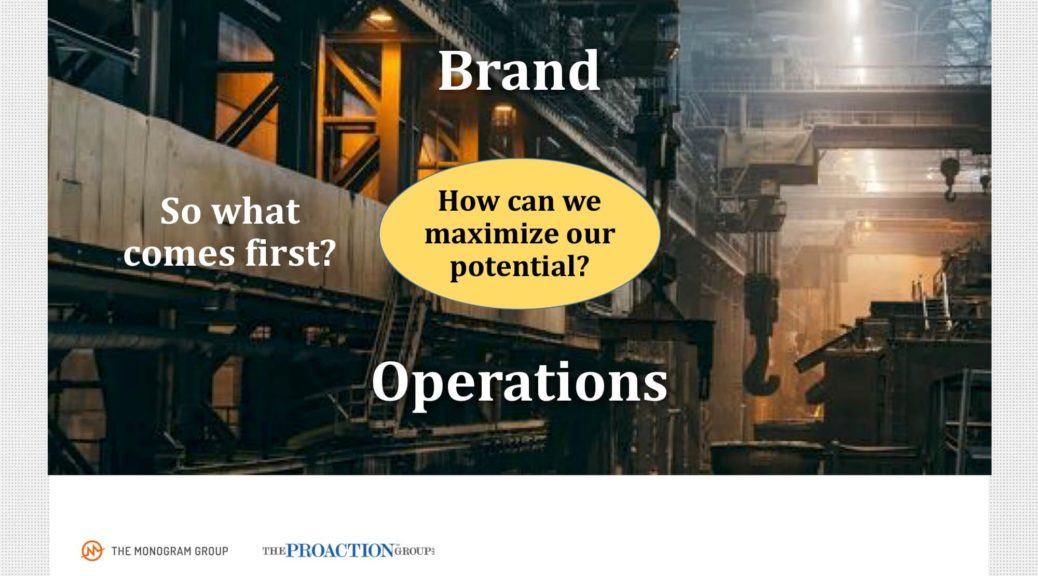


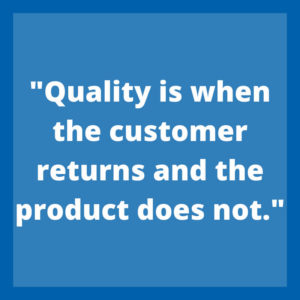 17,849 non-adopters of ISO 9001, they found that the adopters of ISO 9001 had the following business benefits:
17,849 non-adopters of ISO 9001, they found that the adopters of ISO 9001 had the following business benefits: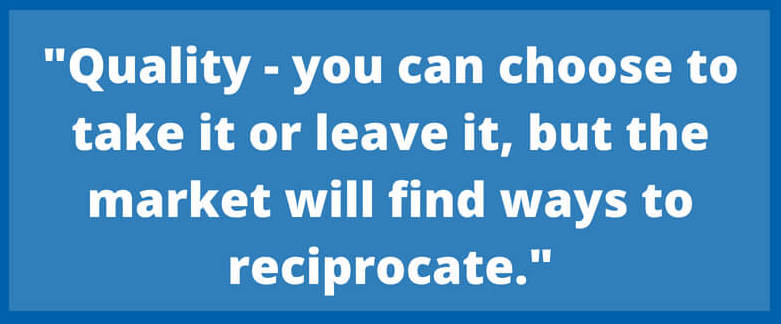
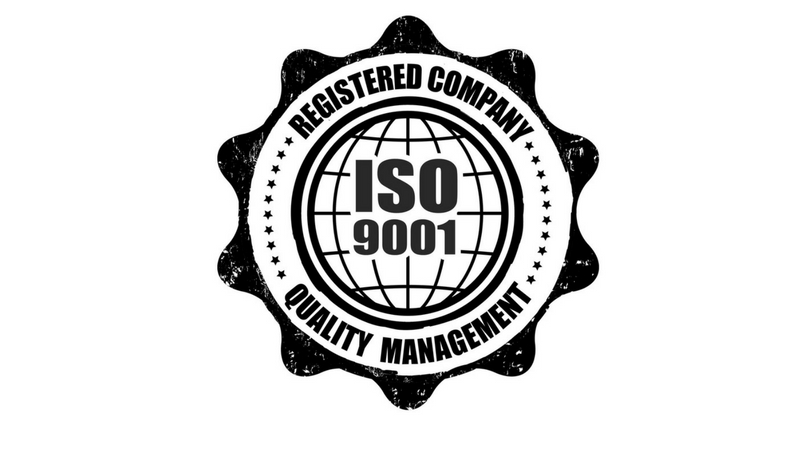





 The ProAction Group is pleased to announce the continued growth of its team with the promotion of
The ProAction Group is pleased to announce the continued growth of its team with the promotion of 